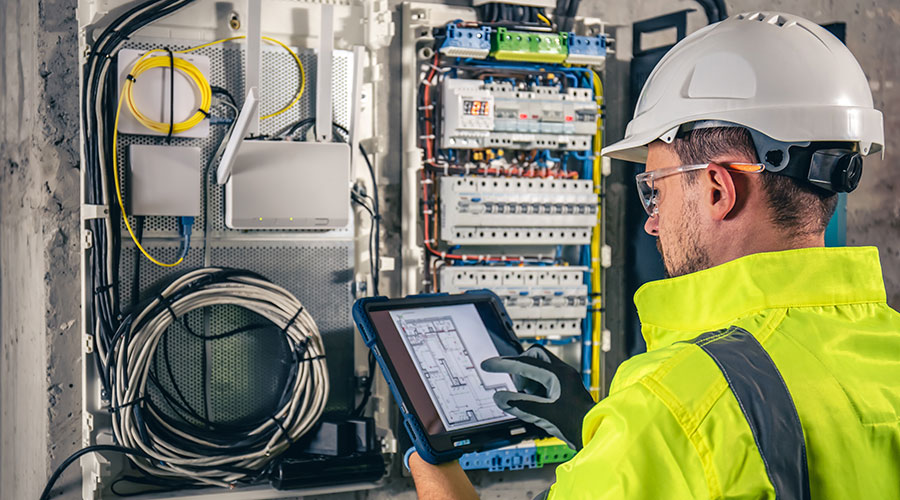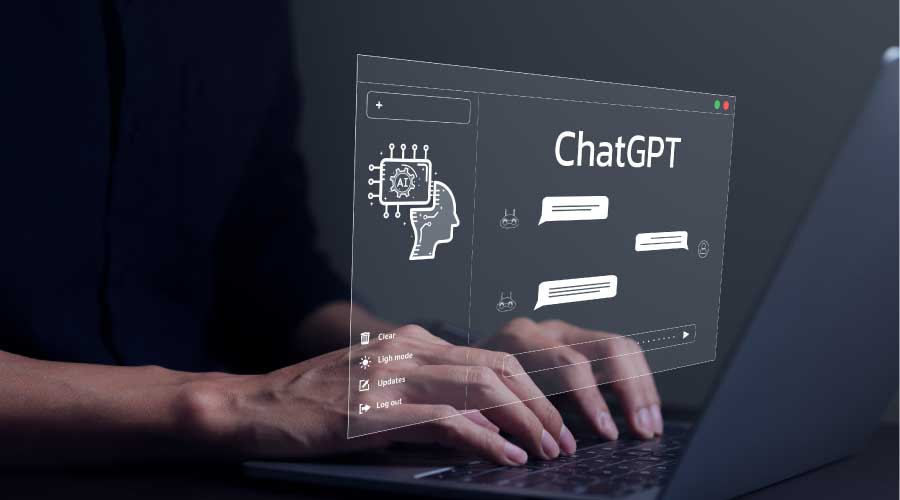CMMS Technology Advances Rapidly
The technology behind computerized maintenance management systems (CMMS) has advanced rapidly over the last decade. Maintenance and engineering managers in institutional and commercial facilities have access to applications that more effectively address productivity, inventory, work-order management, and scheduling. One major challenge for managers is identifying signs that can help them determine whether the time has come to optimize, upgrade or replace the CMMS.
Common Problems
An estimated 60-80 percent of CMMS implementation projects fail, according to various studies. In some cases, organizations acquire a CMMS system and never use it, or they use it for a few months and abandon it because it does not meet expectations. One common reason implementations fail is that organizations select an inappropriate system. Common CMMS trouble spots include:
Incompatibility. The CMMS does not work with other company applications. The maintenance department often is the lowest priority for facility executives. This situation means the accounting, purchasing, and enterprise management software the CMMS used to connect with have upgraded or changed, while the CMMS has remained the same.
Flexibility. The system cannot adapt to changing needs. Technicians need work-arounds to achieve the desired functionality. A system does not allow global changes to current data. For example, a technician quits, and the manager wants to assign the PM tasks to another technician. But because the CMMS does not have a search-and-replace function, the manager has to change the technician name manually.
Modifications. A department needs to make changes in its CMMS to make it a workable solution and increase the efficiency of front-line technicians. But the department cannot make the changes because the vendor either is unwilling to do so or quotes an extremely high price. The inability to customize a CMMS can be one of the most challenging roadblocks a manager faces.
Immobility. The department wants to move to mobile technology. Technicians capture a fair amount of data manually. Going to a paperless work-order system using handheld devices will save the department a significant amount of money and would provide more accurate data. But the vendor's CMMS does not support the desired move to mobile technology.
Inaccessible data. Managers cannot get the information they want and in the format they need. This roadblock prevents managers from performing data analysis and making meaningful decisions regarding their maintenance operations and priorities. Usually, this problem is a sign that an adequate report writer is missing.
Size. Facilities and maintenance requirements have changed to the point that the current CMMS cannot meet them. For example, the business has grown to a point that various facilities and operations must meet regulatory-compliance requirements, but the CMMS cannot do that.
Related Topics:













